Toll Free: (866) 215-0651
Local: (657) 900-2066
Industrial Plant Relocation: Strategies for Minimizing Downtime
Relocating an industrial plant is a complex undertaking that can disrupt operations and lead to costly downtime. However, with careful planning and strategic execution, downtime can be minimized, ensuring a smooth and efficient transition. This blog will explore critical strategies for reducing downtime during an industrial plant relocation.
Thorough Planning and Preparation:
Start by comprehensively assessing the current plant layout, equipment, and processes. Develop a detailed relocation plan that outlines timelines, resources, and responsibilities. Identify critical machinery and prioritize their relocation to minimize disruption to production schedules.
Engage Stakeholders Early:
Involve key stakeholders in the relocation planning process, including plant managers, production teams, maintenance staff, and external contractors. Collaborate closely to address concerns, solicit input, and ensure alignment with operational objectives. Effective communication and teamwork are essential for minimizing downtime and overcoming challenges during the relocation process.
Invest in Equipment and Infrastructure:
Ensure the new plant facility has the necessary infrastructure, utilities, and support systems to accommodate existing machinery and production processes. Invest in upgrading or replacing outdated equipment to improve efficiency and reliability. Conduct thorough testing and commissioning of equipment before resuming operations to mitigate the risk of breakdowns and delays.
Implement Phased Relocation:
Adopt a phased approach to plant relocation to minimize disruption to production. Divide the relocation process into manageable stages: dismantling, transportation, installation, and commissioning. Prioritize moving non-essential equipment and processes during off-peak periods to maintain production continuity.
Train and Empower Employees:
Provide comprehensive training and support to employees involved in the relocation process. Ensure that staff are familiar with new equipment, methods, and safety protocols to minimize the risk of accidents and errors. Empower employees to identify and address issues proactively, fostering a culture of accountability and continuous improvement.
Coordinate Logistics and Resources:
Coordinate logistics, transportation, and resource allocation meticulously to ensure timely delivery and installation of equipment at the new plant site. Partner with experienced logistics providers and equipment suppliers to streamline the relocation process and mitigate delays. Maintain clear lines of communication and contingency plans to address unforeseen challenges or disruptions.
Monitor Progress and Performance:
Monitor progress and performance metrics regularly throughout the relocation process to identify bottlenecks, deviations from the plan, and opportunities for optimization. Implement real-time tracking systems to monitor equipment status, shipments, and installation activities. Use data-driven insights to make informed decisions and adjustments to minimize downtime and ensure a smooth transition.
Minimizing downtime during an industrial plant relocation requires meticulous planning, effective communication, and coordinated execution. Organizations can mitigate risks and disruptions by engaging stakeholders early, investing in equipment and infrastructure, implementing phased relocation, training employees, coordinating logistics, and monitoring progress closely, ensuring a smooth and efficient transition to the new plant facility. With careful planning and strategic execution, downtime can be minimized, enabling businesses to resume operations quickly and maintain productivity during relocation.



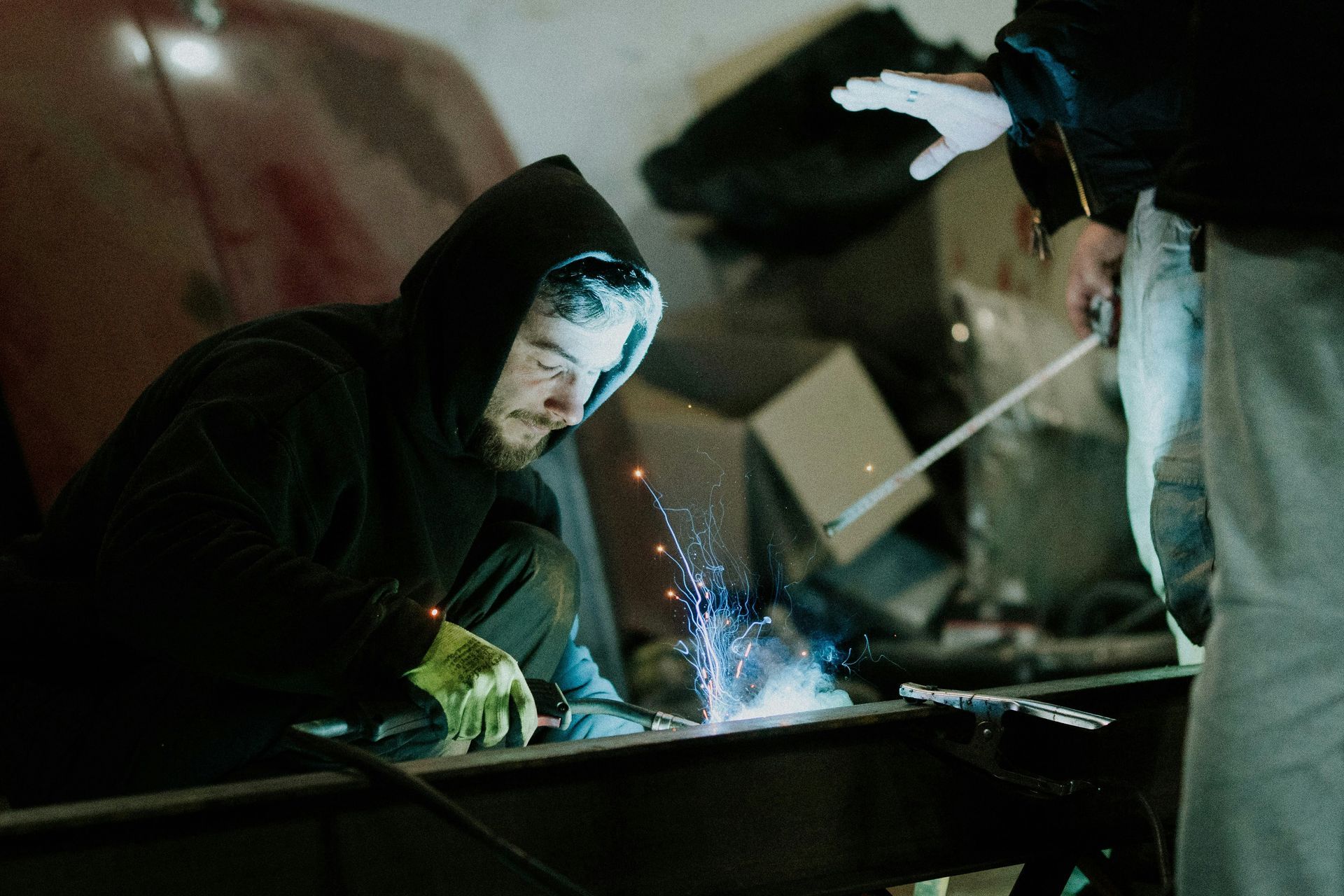
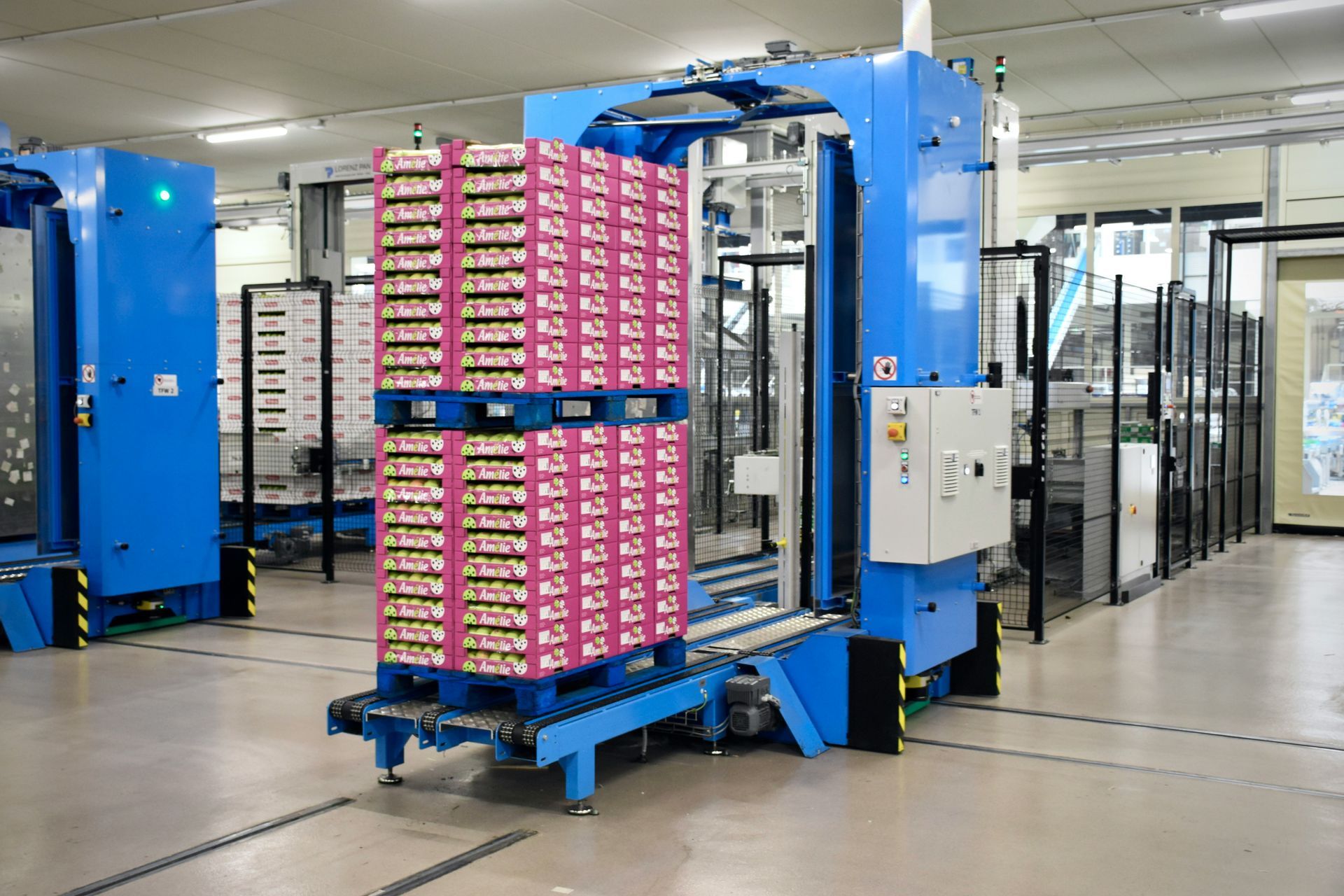
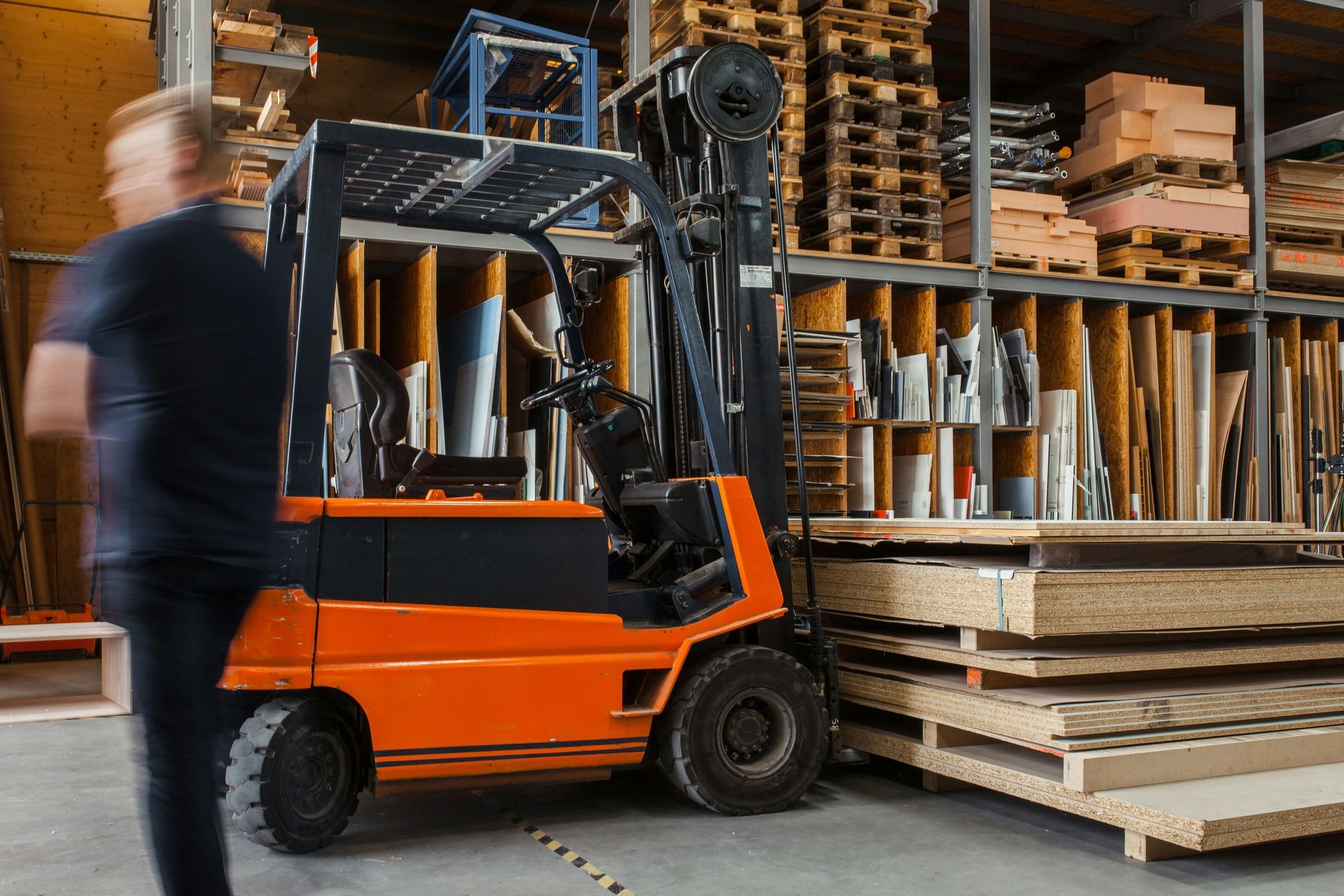

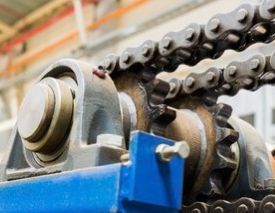

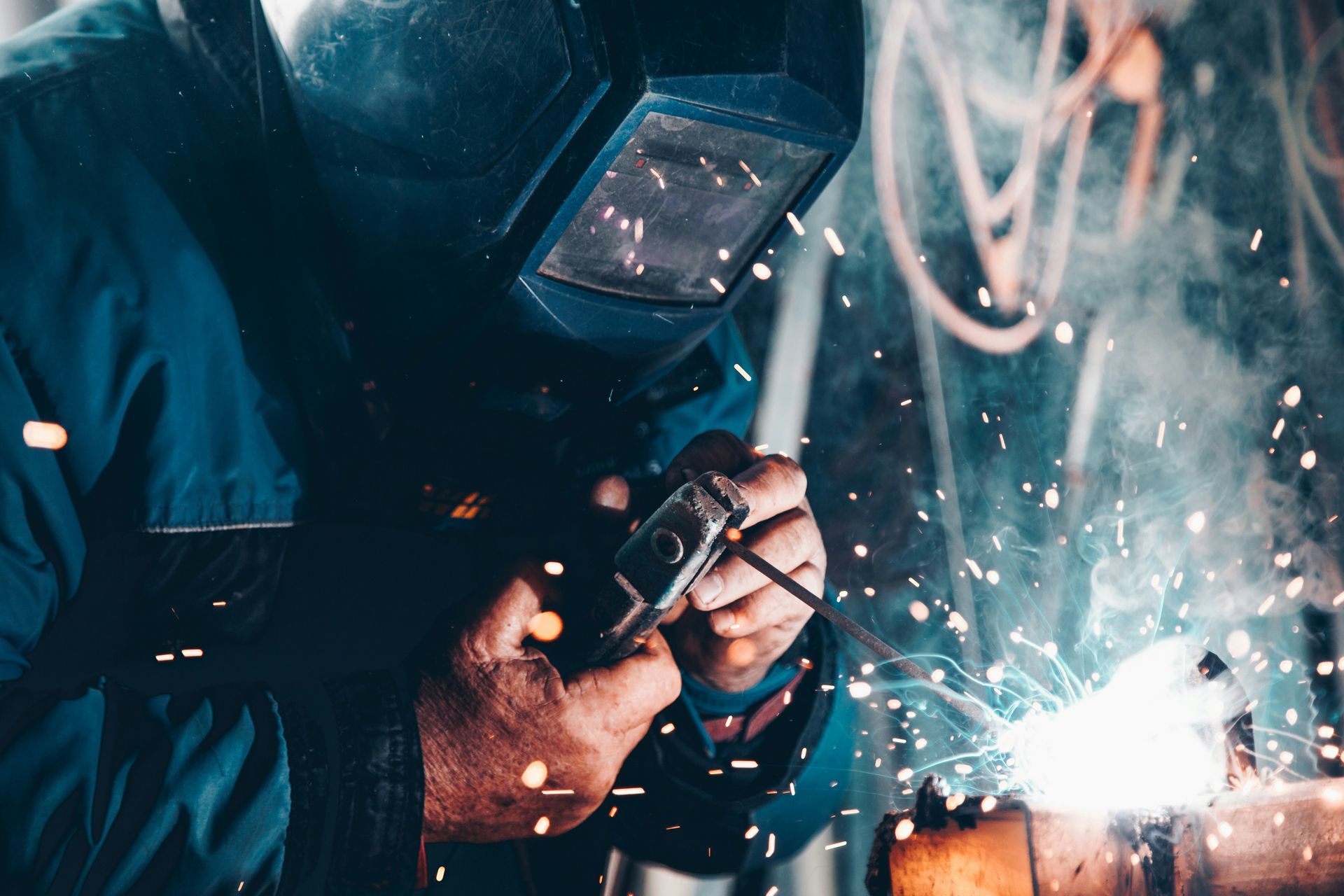
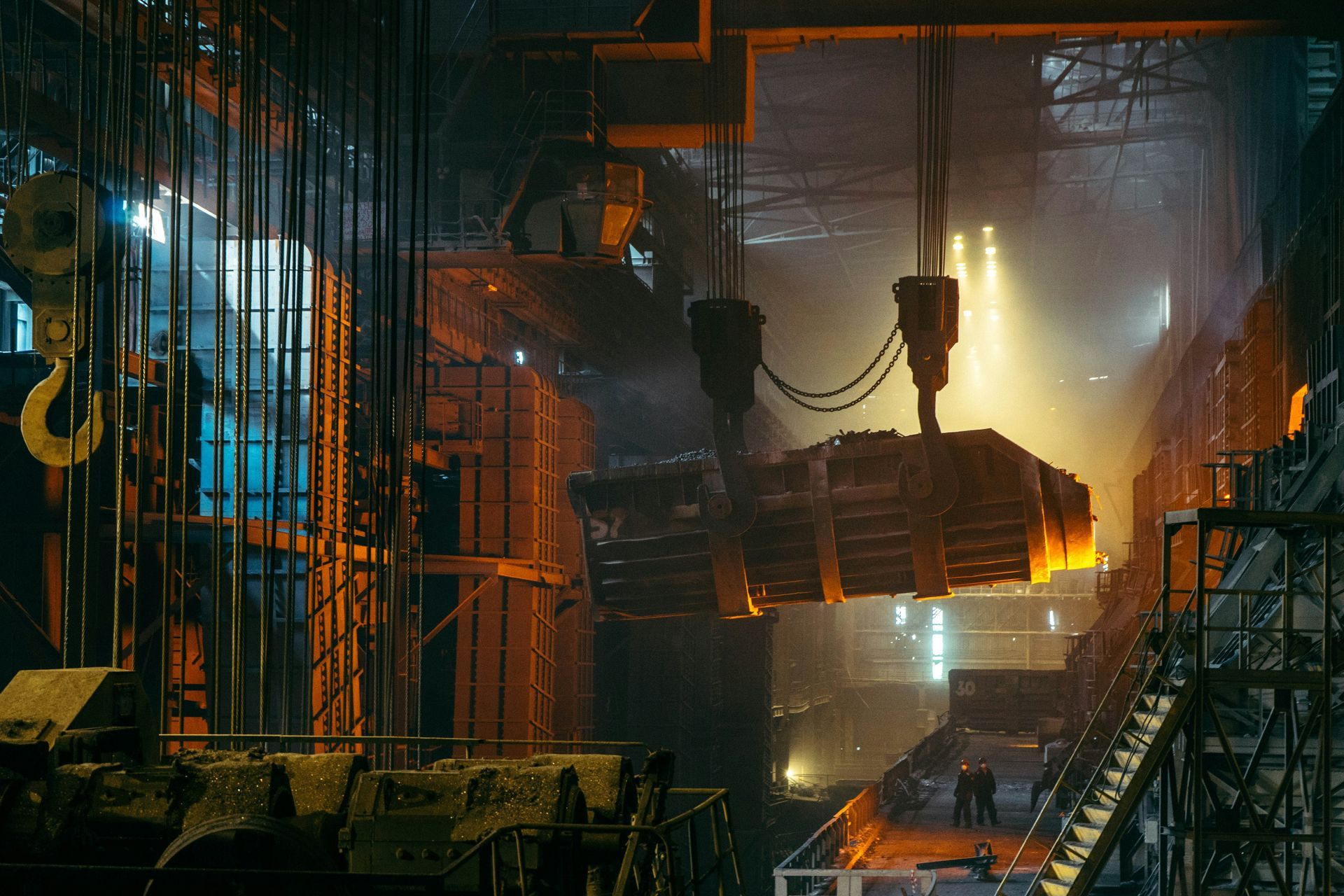
Share On: